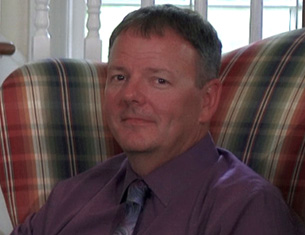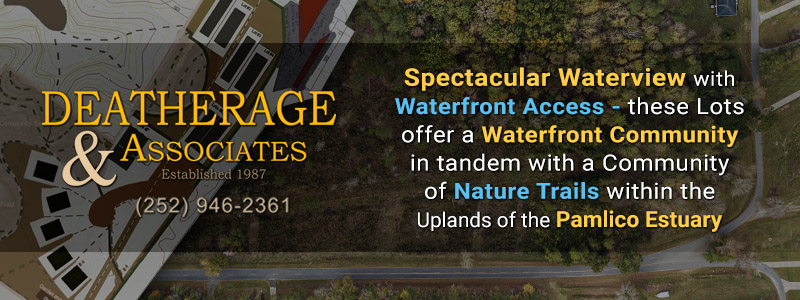Stewards of the Visual Exposition
Wait, wait. And wait some more

Tom Campbell
We got a thermometer and a COVID test kit. She tested negative for COVID, but her temperature registered 103.2 degrees. In adults "of a certain age" this is alarming, so we called her doctor. He confirmed this was worrisome and asked that she come into his office. Learning we were out of town, he urged us to go to the emergency room for bloodwork and a urine test.
So off we go to the nearest hospital. We arrived in late afternoon, and the ER was crowded. We understood this might take a while. After 30 minutes they got vitals from her, then sent us back to the waiting room. About an hour later they called her to draw blood and take a urine sample. Back to the waiting room, where we sat for another four hours. We were wearing shorts and it was a frigid wait. Hearing nothing, we went several times to the information desk to ask where we were in line, only to be told we were waiting for an examining room back in ER.
6 hours had elapsed when she was finally called into an examination room and told we were waiting on a doctor to share the test results with us. It was midnight. Did I mention it was cold enough to hang meat?
We waited. And waited some more. Several times we asked how much longer we would be waiting; the nurses couldn't speculate, adding they were not allowed to share any test information with us. Still later, I asked again and was told there was not even a doctor assigned to see her.
Finally, at 2:30 a.m. we went to the desk and asked the nurse to come take the needle from her arm and remove the blood pressure lines because we were leaving. The nurse said that if we left all the test information would be destroyed. We didn't believe this because we knew they would bill us for the tests and couldn't do so if there was no evidence they existed.
Overall, we spent 8 1/2 hours, not knowing any more when we left than when we arrived. We were exhausted and exasperated.
I won't mention the name of the hospital because I believe our experience is more the rule today rather than the exception. People I've told this story respond with one very similar at another hospital.
The next day we called the hospital and got the test results faxed to her doctor. Thankfully, the tests didn't reveal anything wrong.
We acknowledge and agree that patients with life-threatening illnesses need to have first priority for treatment in the ER, but there was a man walking around the waiting room, obviously in pain because of a visibly broken arm. He walked and walked, getting new ice packs from time to time. After more than two hours he was sent to a room.
This hospital, like most, is more process focused than patient focused, even though a big sign in their waiting room proclaims, "patients come first." That's not the reality. At no time in this 8 1/2 hour trauma did anyone explain their process, give us some idea how long we might be waiting or update us as to what situations they were dealing with. We got an apology for taking so long, but never did anyone ever say that it might be "X" hours before we got seen or ask if we wanted to continue waiting.
This hospital was in a more rural part of our state and we are thankful it remains open. Since 2005, twelve rural hospitals have closed in our state. I know ER's are busier than ever and staffing is difficult, however we wouldn't tolerate treatment like this from any business and we shouldn't have to tolerate it from our healthcare providers. There were many employees evident during our wait, obviously busy, but not so busy they couldn't have given us better communication.
Our healthcare system is obviously badly broken. We've known it for years. Maybe they can't fix all the problems, but hospitals (and all healthcare providers) can make a significant start by simply communicating better with their patients. It doesn't cost much, or even take much time, but it demonstrates patients are valued and gives them information about their care. Had we understood how busy the hospital was and how long the wait time might be we would have left after the tests were done.
Those in healthcare can and must do better. Healthcare providers have an obligation to care for, but also care about their patients.
Tom Campbell is a Hall of Fame North Carolina Broadcaster and columnist who has covered North Carolina public policy issues since 1965. He recently retired from writing, producing and moderating the statewide half-hour TV program NC SPIN that aired 22 ½ years. Contact him at tomcamp@carolinabroadcasting.com.
| Ugly People Rejoice Over Return Of Mask Mandates | My Spin, Editorials, Op-Ed & Politics | The parking lot theory |
























